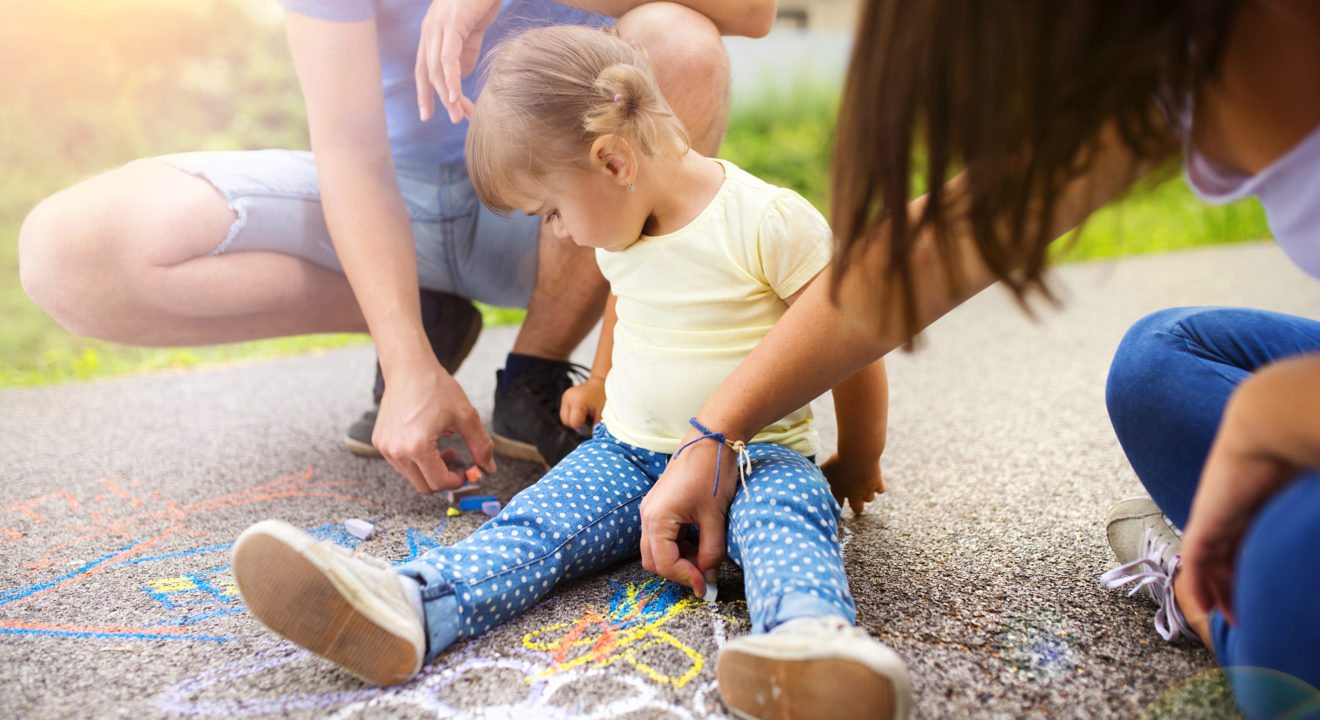Relationships August 19, 2016


In 2012, Kyung Hee Kim, Ph.D., an education psychologist working at the College of William & Mary, told CNN that “creativity scores have significantly decreased since 1990 […] creativity scores for kindergartners through third-graders decreased the most, and those from the fourth through sixth grades decreased by the next largest amount.”
Kim has spent her career studying the creative potential of children across the United States, and her results don’t come as much of a surprise to anyone given the current educational climate of standardized testing and learning.
Though there is little parents can do to change the rigid structure of school – beyond lobbying legislators for change and reform – they can impact and influence the learning of creativity in the home.
The impacts of being and fostering creativity are tangible; in 2010, the American Journal of Public Health published a study that found that visual art related activities had a positive impact on patients in hospitals, with effects ranging from a reduction of stress and anxiety to improvements in spontaneity and positive identity.
While this study focused solely on people who are patients in a hospital, it’s probable that visual art activities would have similar effects on everyone else, too.
In 2012, CNN found that creativity “helps make people happier, less anxious, more resilient and better equipped to problem-solve in the face of hardship.” This applies not only to adults, who were the focus of this report, but to children as well.
Hands On Scotland, a program run by the Scottish government designed to “encourage children and young people’s well-being” describes the benefits of creativity in children as wide ranging, including increased skills in collaboration, concentration, relationship building, discipline, emotional intelligence, empathy, imagination, independence, interaction, motivation, language, open-mindedness and problem solving.
They also claim that the combination of these skills allows children to develop a stronger sense of purpose, confidence, self-respect and can give them high aspirations.
Don’t be afraid to encourage your child to be creative. Let them paint, draw, play in the grass, write whatever fantastical stories they can come up with. Art is a natural part of childhood and allowing your child to be creative can have serious benefits both now and in the future as a well rounded adult.